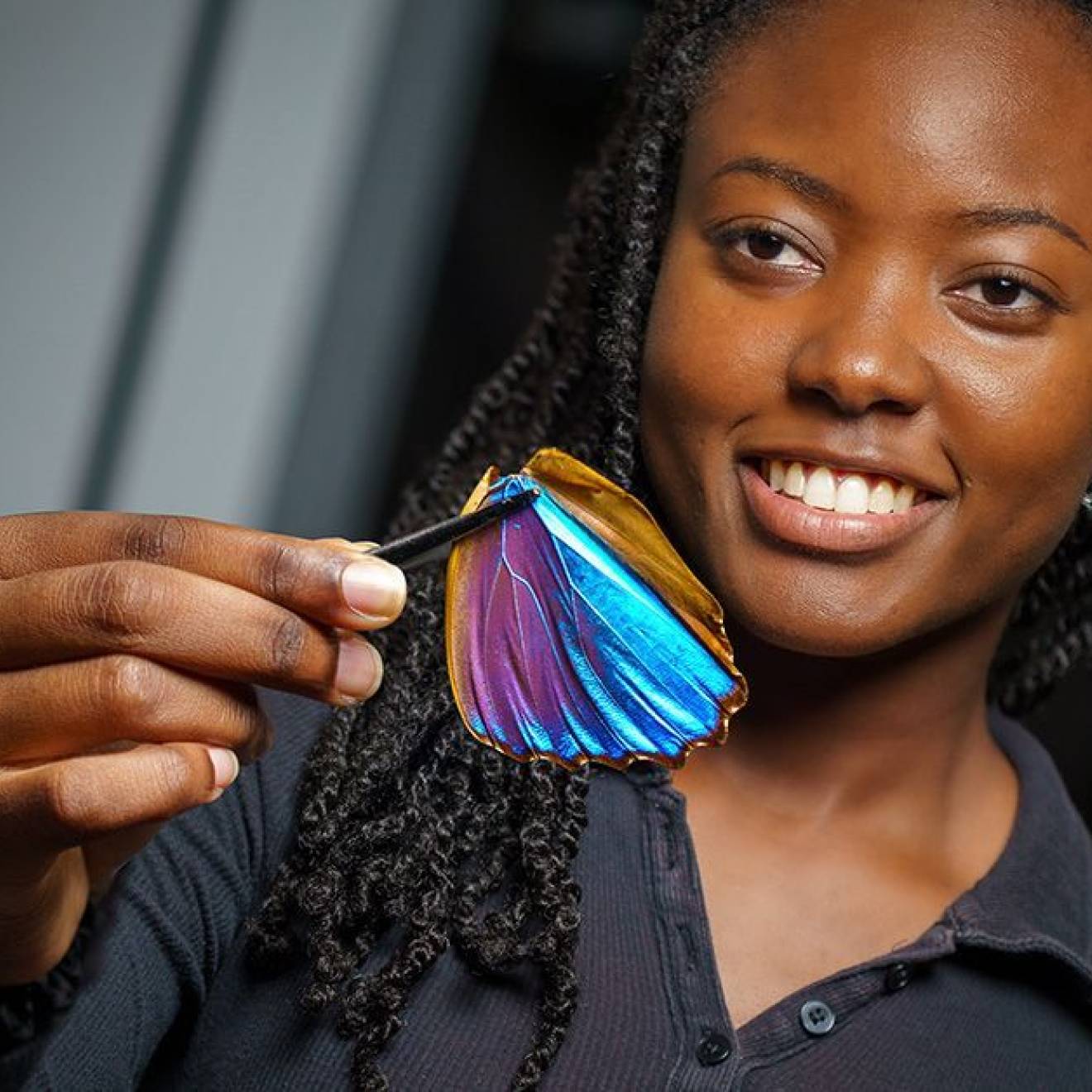Kathleen Wong, UC Natural Reserve System
Birds are known for a variety of things: being ugly as ducklings, nabbing worms when they turn up early, and flocking together with those of a feather. Tree planting, however, is all too infrequently considered an item on the avian docket.
But on California’s largest Channel Island, birds have donned the proverbial planting overalls of Johnny Appleseed.
The bird in question is the island scrub jay. Found exclusively on Santa Cruz Island, the jay is one of the rarest bird species in the United States.
According to ornithologist Mario Pesendorfer, who works out of the Natural Reserve System’s Santa Cruz Island Reserve field station, the foraging habits of this vivid blue corvid are reversing the vegetation damage inflicted by more than a century of sheep and cattle ranching. As a postgraduate researcher with the Cornell Lab of Ornithology, Pesendorfer studies oaks and birds at several NRS reserves, including Hastings Natural History Reservation and Sedgwick Reserve.
The jays’ expertise at habitat restoration has some excellent side benefits as well. By expanding native stands of live and island oak, researchers have found, the feathered foresters are also aiding in their own recovery. The removal of non-native grazers over the past few decades has coincided with what may be a 30 percent increase in the island scrub jay population. Now in the neighborhood of 2,000 or so birds, the census should only rise with the expansion of more oak chaparral.

